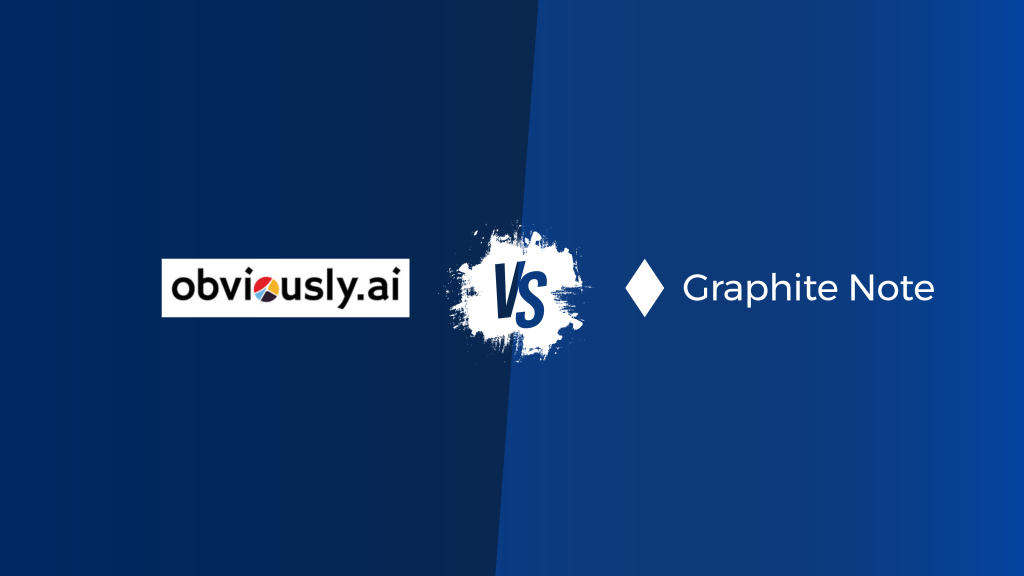Keeping ahead of your competition is key for ensuring your business success. One of the most significant tools to help you ensure this is predictive analytics. This robust methodology enables your business to use big data analytics, predict future outcomes, uncover valuable patterns, and derive actionable insights that enhance your business intelligence strategies.
Understanding Predictive Analytics
Predictive analytics involves using historical and real-time data to identify patterns and make predictions about future outcomes or events. Analyzing large datasets and employing advanced AI-powered forecasting algorithms, you can gain valuable insights that guide decision-making and drive growth. Predictive analytics has become increasingly popular across various industries, including finance, healthcare, marketing, and manufacturing.
The Basics of Predictive Analytics
Predictive analytics relies on statistical models and machine learning algorithms to analyze data. These models are trained to recognize patterns and make predictions based on historical data. Extracting meaningful information from large volumes of data, predictive analytics helps you to make accurate forecasts and improve business process automation.
The Role of Predictive Analytics in Business Intelligence
Predictive analytics plays a pivotal role in business intelligence. Using predictive models, your business can identify trends, anticipate customer behavior through customer journey mapping, and optimize operational efficiency. Predictive analytics also helps you with:
- Supply chain optimization: Analyzing historical data and external factors likemarket trends and economic indicators, your business can predict future demand for your products and services. This helps you to optimize inventory management, production planning, and supply chain operations, reducing costs and improving customer satisfaction.
- Revenue prediction models: Analyzing sales data and market trends, your business can predict future revenue streams. This enables you to make informed decisions about resource allocation, pricing strategies, and investment opportunities.
Business Intelligence and Predictive Analytics
While traditional business intelligence provides historical insights, predictive analytics gives you the ability to make accurate forecasts and predictions for the future.
Combining historical data with advanced algorithms, your business can uncover hidden patterns, identify upcoming trends, and make proactive decisions that drive growth and innovation. Data visualization tools play an important role in this process, enabling your teams to present complex data in a clear and understandable format, facilitating better decision-making.
The Benefits of Using Predictive Analytics in Business Intelligence
Predictive analytics offers numerous benefits to businesses that integrate it into their business intelligence strategies. Here are a few key advantages:
- Improved Decision Making: Predictive models help to identify potential risks and opportunities, enabling you to mitigate risks and capitalize and spot emerging opportunities.
- Increased Operational Efficiency: Predictive analytics enables you to optimize operations and improve efficiency. Analyzing data and identifying bottlenecks or areas for improvement, you can streamline operational processes, reduce costs, and enhance productivity.
- Enhanced Customer Experience: Predictive analytics gives you key insights into your customers’ preferences, behavior, and needs.
- Operational Risk Management: Predictive analytics helps in identifying potential operational risks and implementing proactive measures to mitigate them.
- Dynamic Pricing Strategies: Predictive analytics helps you to predict customer willingness to pay and competitor behavior, enabling you to implement dynamic pricing strategies that maximize revenue and market share.
Implementing Predictive Analytics in Your Business Strategy
To incorporate predictive analytics into your business strategy, Graphite Note recommends you:
- Define Your Objectives: Clearly outline what you aim to achieve with predictive analytics. Identify specific areas or challenges where predictive analytics can provide valuable insights.
- Gather Relevant Data: Ensure you have a comprehensive and clean dataset that aligns with your objectives.
- Choose the Right Predictive Models: Select the appropriate algorithms and models based on your objectives and dataset.
- Train and Test Your Models: Use a portion of your dataset to train your models and validate their performance. Continuously refine your models to keep them up to date.
- Integrate Predictive Analytics into Your Workflows: Embed predictive analytics into your existing business intelligence tools and processes to ensure seamless integration.
Overcoming Challenges in Implementation
Implementing predictive analytics may present some challenges, however, partnering with a no-code predictive and prescriptive analytics tool like Graphite Note can simplify the implementation process. Graphite Note provides a user-friendly interface that empowers business users to leverage predictive analytics without deep technical expertise.
The Future of Predictive Analytics in Business Intelligence
Emerging trends include the use of predictive analytics in real-time decision-making, enabling businesses to respond rapidly to changing market conditions, customer demands, and competitive landscapes. Partnering with a no-code predictive and prescriptive analytics tool like Graphite Note empowers your business to unlock the full potential of predictive analytics, simplify implementation, and make data-driven decisions.
Conclusion
Implementing predictive analytics may present challenges, but with the right approach and tools like Graphite Note, you can successfully navigate this transformative journey. Graphite Note partners with you to make it simple to predict business outcomes with precision. Request a Demo and see how Graphite Note can enhance your decision-making and operational efficiency.




